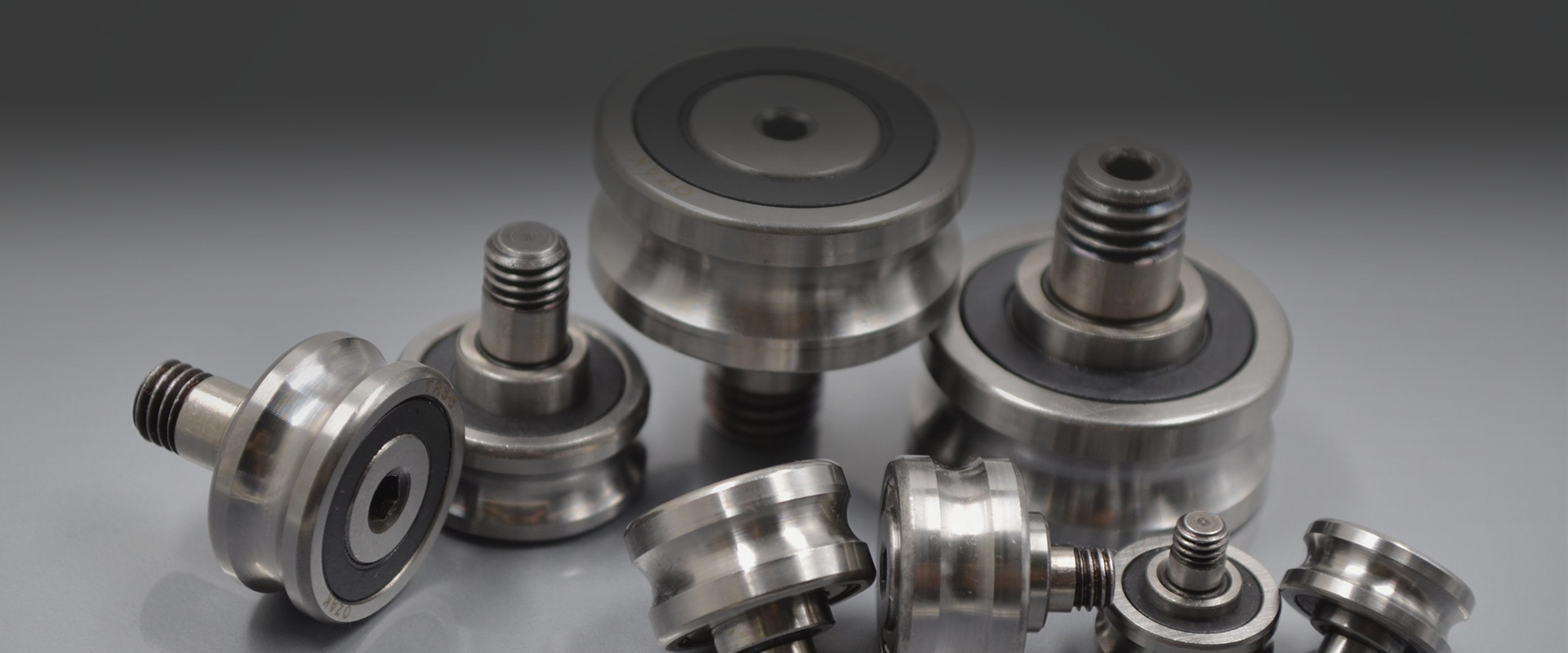

In HORIZONTAL UNITS, the definition of guide maybe improper because they counteract also the weight of rotating parts. Anyway, once made this clarification, we can say that, depending on their behavior, in this type of machines we can identify two main types of bearings: STIFF and TILTING. The stiff ones are used if there is no appreciable deformation of the shaft line, while the tilting ones may self-align making use of spherical seats. Very often they are combined with the thrust bearing. Depending on the specific pressure on active parts and on the rotation speed of the shaft, the lubrication may be forced, by the aid of pumps, or inside the tank itself by using rings placed on the shaft that are dragged in rotation by the shaft itself.
In VERTICAL UNITS, the main function is to keep the shaft aligned vertically and support any radial force that can take place during the operation. The tilting guide pads are usually adopted, even if we can find bearing with bushings in case of mean-small units. The lubrication may be natural with a thermal exchange coil placed inside the tank or forced by the aid of pumps and external exchangers. In general the use of this type of bearings requires the presence of a manifold, integral or placed on the shaft.
Copyrights © 2021-2024 Gold Crown, All Rights Reserved. Powered By design4u.ca